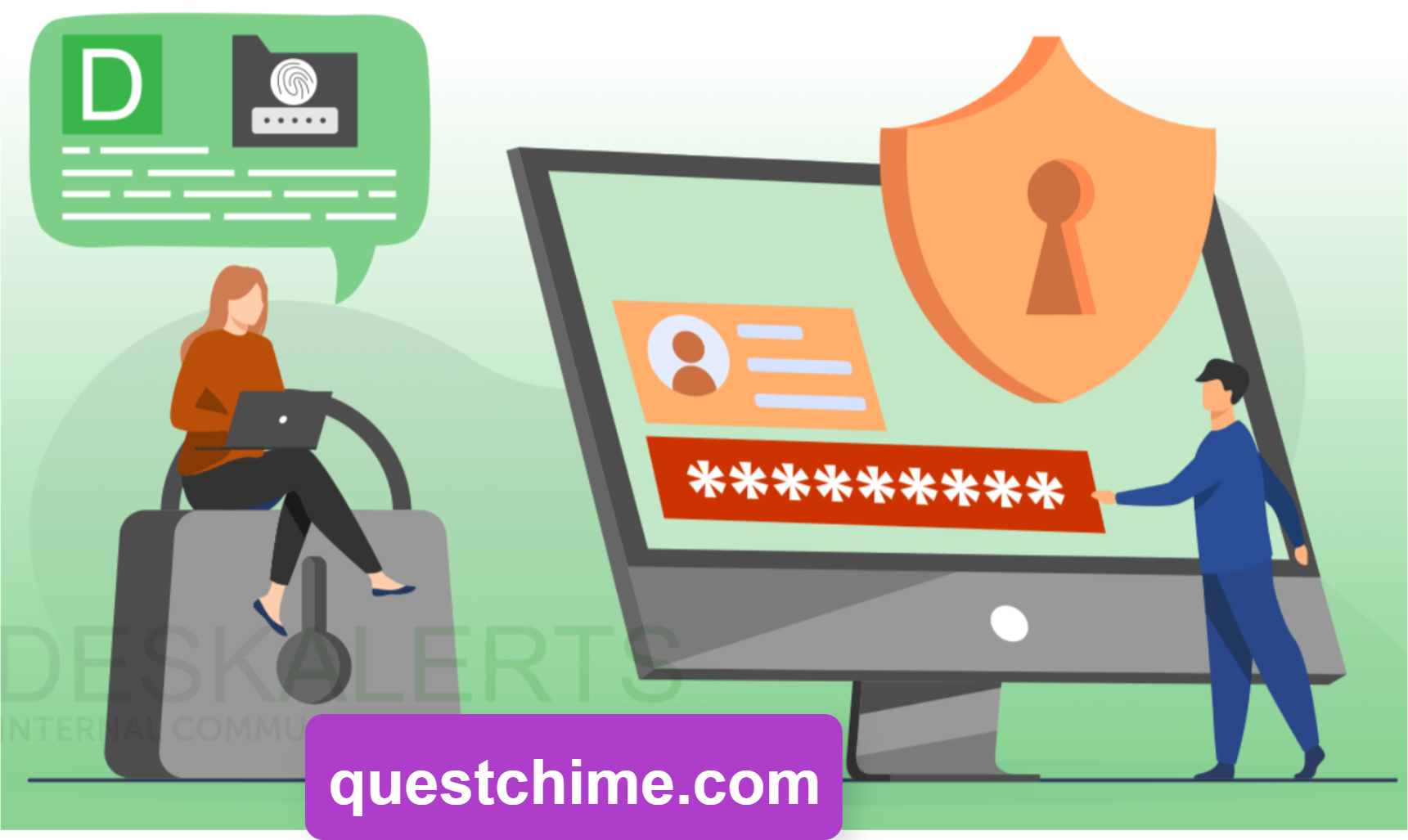Using a password manager effectively enhances your cybersecurity by helping you manage and protect your passwords. While these tools are indispensable for securing your digital life, they also require vigilant protection to prevent them from becoming a security liability themselves.
The Importance of Password Managers
Password managers relieve the burden of remembering complex passwords for multiple accounts by storing them in a secured environment. They generate strong, unique passwords for each site, which significantly reduces the risk of password-related breaches. However, the centralization of such sensitive information means that if the password manager itself is compromised, the potential damage could be extensive.
Recent Security Breaches
Incidents involving breaches of well-known password management services like LastPass and Norton LifeLock underscore the vulnerability of these systems. Although these breaches did not necessarily lead to direct password exposure, they demonstrated that password managers could be targeted by cybercriminals, putting user data at risk.
Strategies to Secure Your Password Manager
To maximize the security benefits of using a password manager, it’s crucial to implement robust protective measures:
- Strong Master Password:
Your master password is the gateway to your digital vault. It should be exceptionally strong, combining length and complexity to withstand brute-force attacks. Opt for a passphrase—a sequence of words or an entire sentence—that is easy for you to remember but hard for others to guess. This could include a mix of uppercase and lowercase letters, numbers, and symbols. Importantly, ensure that this master passphrase is unique and not reused across other platforms. - Biometric Authentication:
Leveraging biometric features such as fingerprint scans or facial recognition can add a layer of security that is uniquely personal and difficult to replicate. Most modern devices and password managers support biometric authentication, providing a convenient yet secure way to access your passwords without frequently entering your master passphrase. - Two-Factor Authentication (2FA):
Enabling 2FA offers an additional security layer by requiring a second form of identification before access is granted. This can be a text message, a code from an authenticator app, or even a biometric confirmation. This means that even if your master password were compromised, an attacker would still need this second factor to access your password manager.
Practical Steps to Implement Security Measures
- Set Up a Master Password: When you initialize your passkey manager, you’ll be prompted to create a master password. Choose a passphrase that is both secure and memorable. Avoid common phrases and include various characters and symbols.
- Activate Biometric Authentication: Check your password manager’s settings to enable biometric login. This could be through Windows Hello, Apple’s Face ID or Touch ID, or similar features on Android devices.
- Enable 2FA: Look for two-factor authentication settings within your password manager and activate them. Preferably use an authenticator app over SMS for enhanced security.
Continuously Manage and Monitor
Regularly review and update the security settings of your password manager. Be proactive in monitoring sign-in logs if available, and always be on the lookout for any unusual activity. Most password managers offer detailed logs of when and where your passwords are accessed, which can be crucial for detecting unauthorized access.
By following these guidelines and regularly updating your security settings, you can significantly enhance the protection of your password manager, turning it into a robust fortress that guards your digital life effectively.
Conclusion
In conclusion, while password managers are essential tools for managing and securing your digital identities, they also necessitate vigilant protection to prevent them from becoming vulnerabilities themselves. By establishing a strong master password, enabling biometric authentication, and activating two-factor authentication, you can significantly bolster the security of your passkey manager. These steps ensure that even if a breach occurs, the layers of security will mitigate the potential damage and keep your sensitive information protected. Regularly updating your security practices and staying informed about the latest cybersecurity trends will also help safeguard your digital life. Ultimately, the security of a password manager depends not just on the technology itself, but on how conscientiously it is used and protected.
